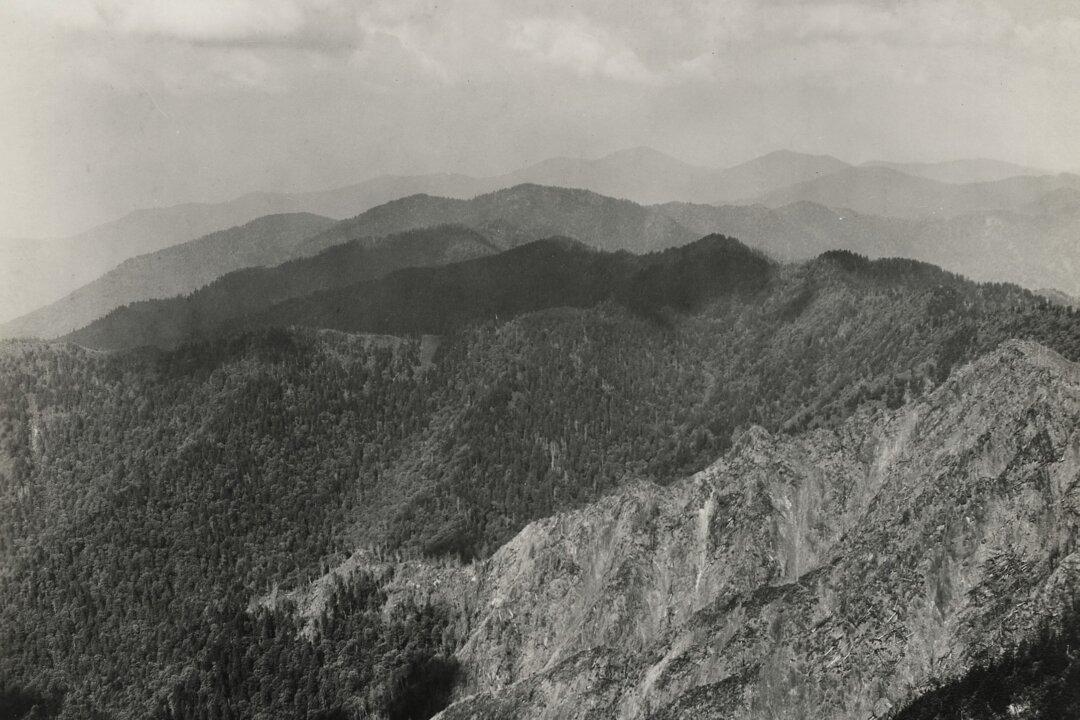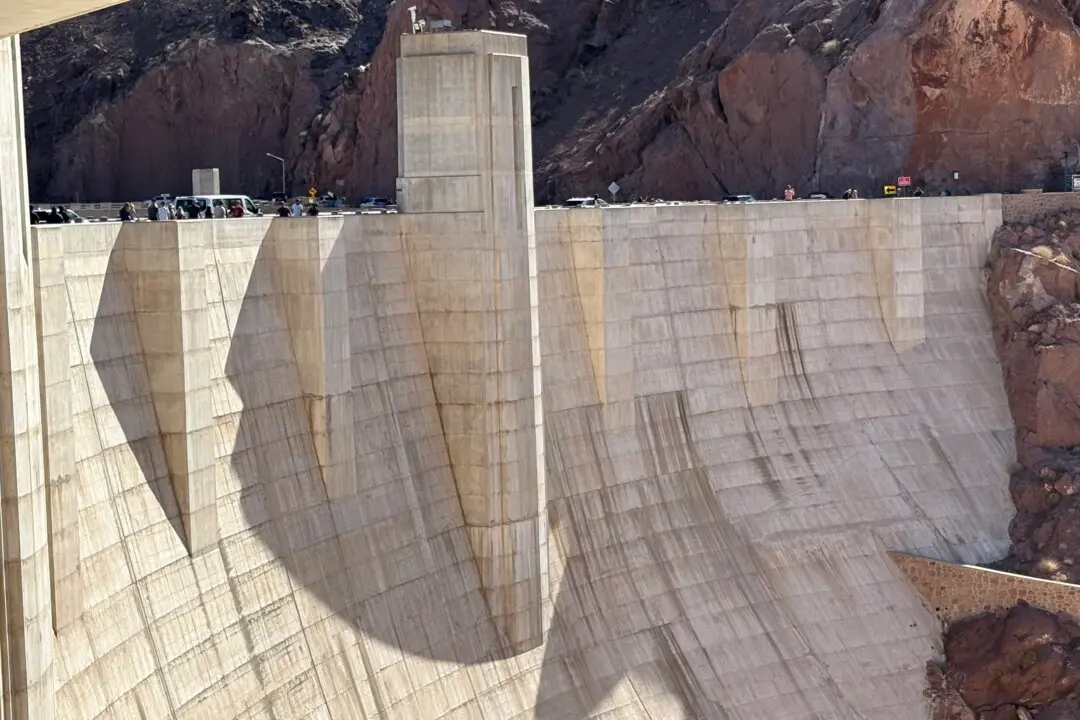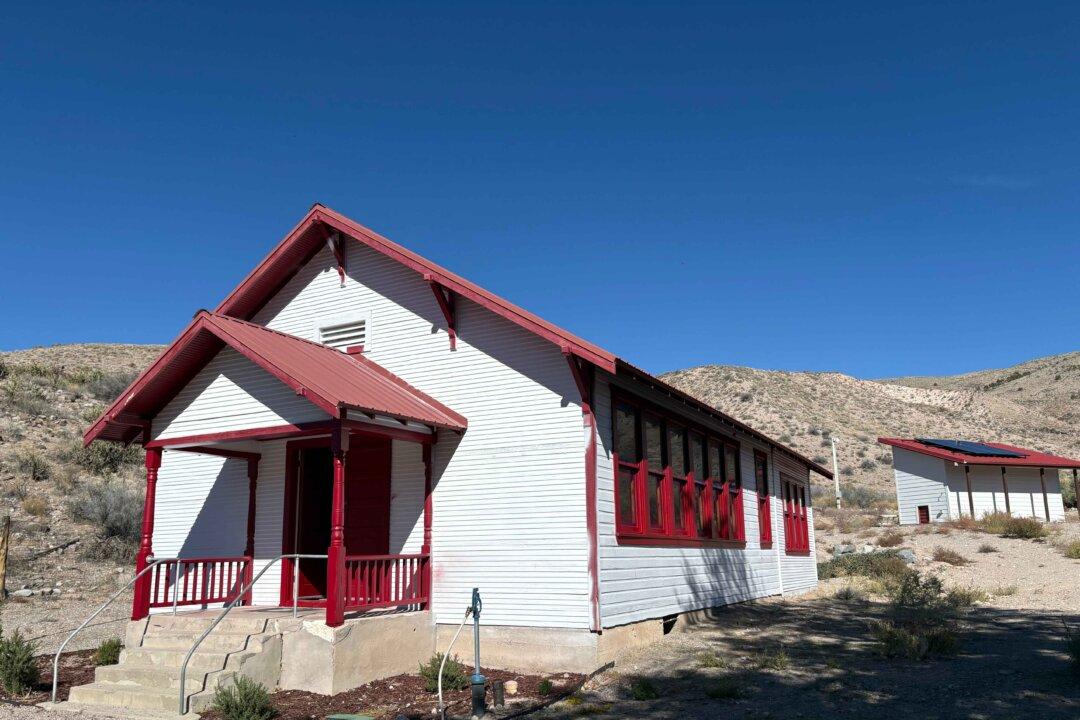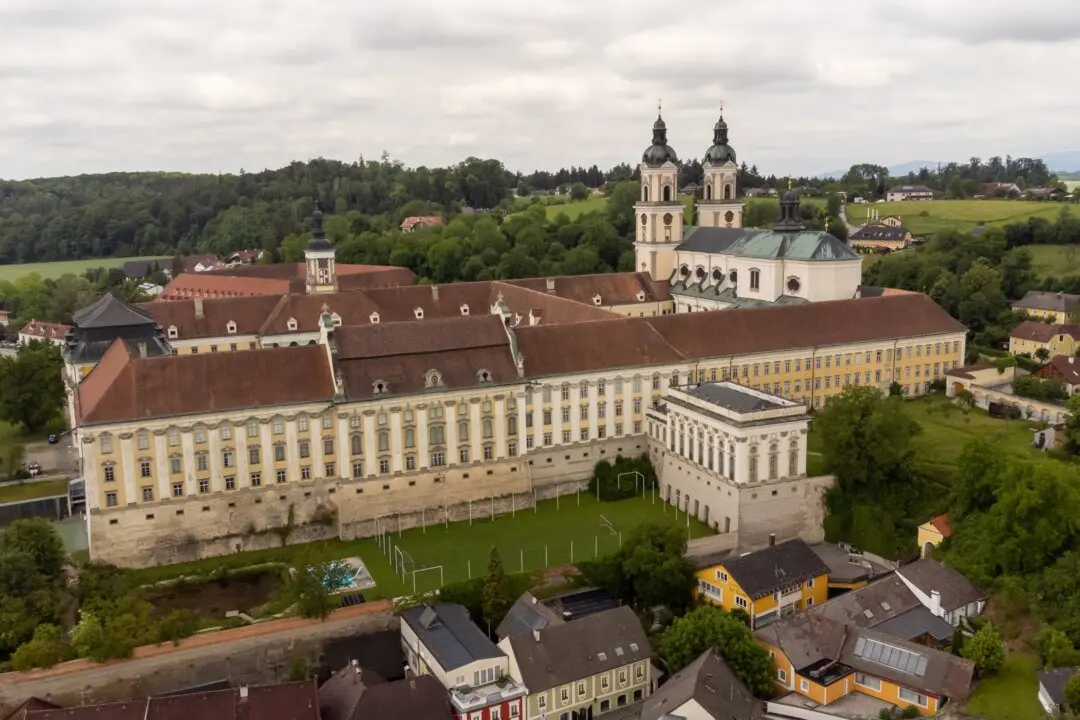Slight of frame and often sickly from chronic respiratory issues, Japanese immigrant George Masa hiked and climbed the rugged and often unchartered terrain of the Appalachian Mountains in order to capture extraordinary photographic images.
In his 2022 book, “George Masa’s Wild Vision,” author Brent Martin writes about the photographer that history would identify as the “Ansel Adams of the Smokies”:
“When the young Masahara Iizuka [aka George Masa] stepped onto the California shore in the early 1900s, could he have imagined that within the next 25 years he would emerge on the other side of the country as one of southern Appalachia’s greatest photographers, along with being one of its most significant advocates for protection of its wild places?”
As so many did before him and have done after, Masa fell in love with the awe-inspiring natural beauty of the cliffs and hills and peaks of Western North Carolina’s Appalachian Mountains, part of the range that actually extends for almost 2,000 miles from the Canadian province of Newfoundland and Labrador to central Alabama in the United States. In 1915, Masa made his way to Asheville, North Carolina, where he worked for a time at the prestigious Grove Park Inn and began to dabble in photography, first taking photos of affluent and sometimes famous guests.





